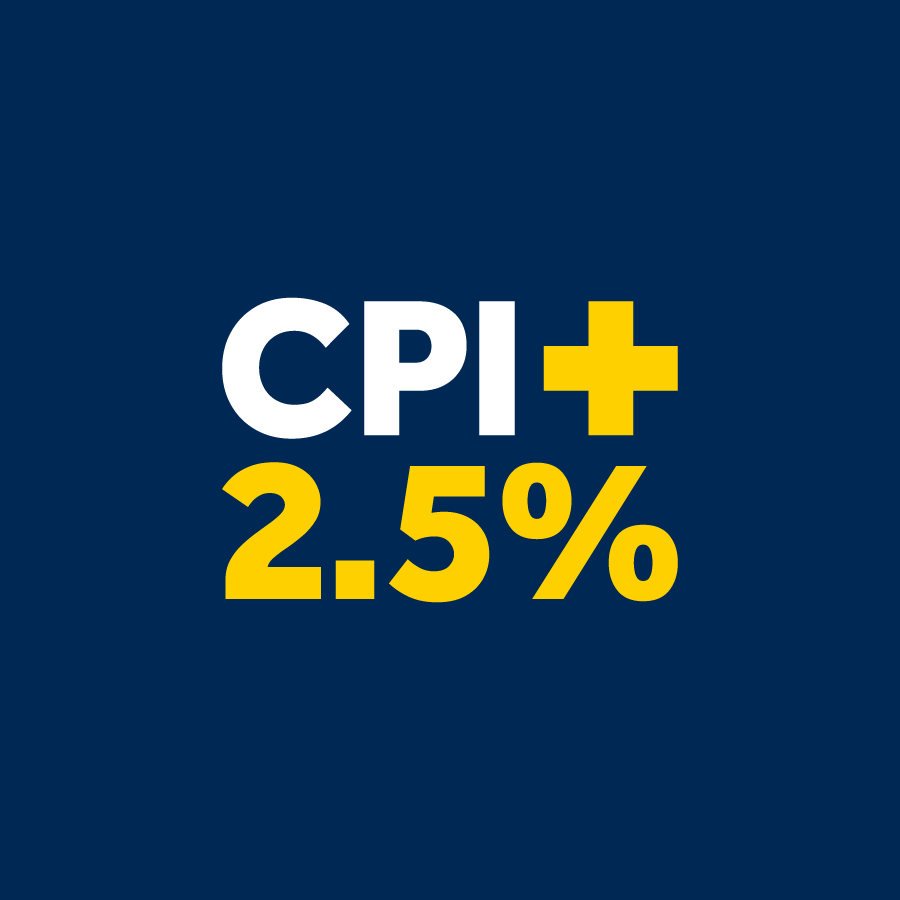
As part of the Your Future, Your Super (YFYS) package, your super fund will now follow you even if you change jobs - it’s called ‘stapling’.
What exactly is stapling?
Stapling means your super fund will in future automatically move with you if you change jobs - effectively being ‘stapled’ to you.
Under the previous system, your super was usually paid in to the fund that your employer chose for you (called their ‘default’ fund). So, if you’ve changed jobs, it’s likely that you’ve had a new account opened for you with a different super fund each time.
With the new stapling system, the fund that’s currently receiving your super contributions will be the one that will be stapled to and follow you when you change jobs, unless you tell your employer otherwise.
Why was stapling introduced?
If you’ve had more than one job, you may have more than one super account. This means you could be paying multiple sets of fees and other costs (like insurance premiums) that are eating away at your retirement savings.
Stapling aims to reduce the number of super accounts you’ll have over your working life. Being stapled to one fund means you won’t be paying more fees and costs than you need to, because you won’t have a new super account opened every time you change jobs.
When did stapling take effect?
1 November 2021.
How does stapling work?
When you change jobs, it’ll be up to your new employer to check whether you have an existing stapled fund into which they’ll need to pay your super contributions.
If you don’t have a stapled fund (because you’ve just entered the workforce, for example), you can nominate a fund as your first (and only) default fund, or, if you don’t wish to choose a fund yourself, your employer will place you into their default fund.
Either way, this fund will become your stapled fund.
What are the pros and cons?
Stapling means that you won’t be paying unnecessary fees and costs on multiple super accounts that are opened for you as you change jobs – this is a positive thing. It will also make it easier for you to keep track of your super, and to check that your Superannuation Guarantee (SG) employer contributions are being paid into your account.
On the other hand, you could choose, or be stapled to a fund that’s underperforming, has uncompetitive fees and charges, doesn’t line up with your values, or that doesn’t have suitable insurance options that suit your personal circumstances.
If you’re with Hostplus, the good news is that you’re already with a fund that provides you with the benefits of our competitive performance, flexible insurance offerings and the freedom to choose the investment option that best suits your needs.
You’re the boss of your super
Being stapled to a fund doesn’t mean it’s your forever fund, or that your super decisions are out of your hands. You can choose to change your super fund at any time. Stapling just means that unless you take action to change funds when changing jobs, your new employer is required to continue to pay your super into your stapled fund.
You should also be aware that any super accounts you already had before you were stapled to your current fund will remain open, which means you may still be paying unnecessary fees and insurance premiums. Consolidating your super into one super fund account means you’ll only have one account, with one set of fees.
We’re here to help
If you have any questions about stapling, or about your super, contact us online or call us on 1300 467 875.
The information in this article is correct as at time of publication.
This information is general advice only and does not take into account your personal objectives, financial situation or needs. You should consider if this information is appropriate for you in light of your circumstances before acting on it. Please read the relevant Hostplus Product Disclosure Statement (PDS), available at hostplus.com.au before making a decision about Hostplus. For a description of the target market, please read the Target Market Determination (TMD), available at hostplus.com.au/ddo.






